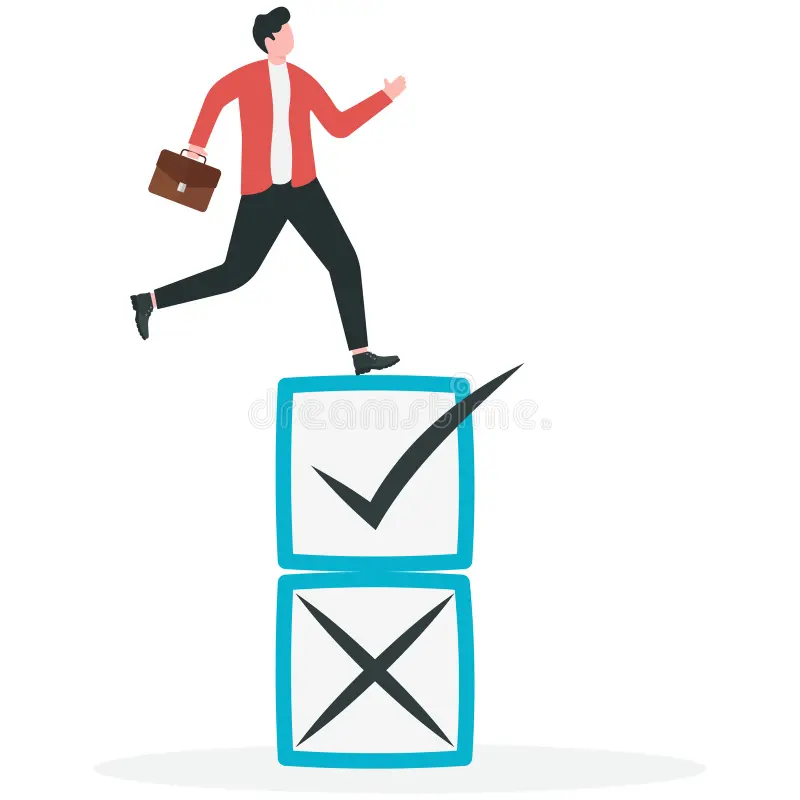Mistakes are inevitable in any professional journey. Whether you’re just starting your career or you’re a seasoned expert, errors happen — from small oversights to major misjudgments. But instead of fearing or hiding them, the most successful professionals know how to use their mistakes as stepping stones for growth.
In this article, you’ll discover how to change your relationship with mistakes, how to analyze them constructively, and how to turn them into powerful learning opportunities.
Why Mistakes Are a Natural Part of Growth
Before diving into how to learn from mistakes, it’s important to understand that making them is not a sign of incompetence — it’s a sign that you’re challenging yourself. The more you stretch beyond your comfort zone, the more likely you are to encounter setbacks.
In fact, research shows that making and correcting mistakes strengthens learning and memory. Mistakes can:
- Reveal blind spots and areas for improvement
- Lead to new insights and innovative thinking
- Teach humility and patience
- Build resilience and mental toughness
In short, mistakes are part of the learning process — not a failure of it.
Step 1: Acknowledge the Mistake Without Defensiveness
One of the hardest parts of making a mistake is admitting it. But denial, blame-shifting, or defensiveness only delay learning.
Instead, adopt a mindset of ownership:
- Be honest with yourself and others about what happened
- Avoid blaming circumstances or colleagues
- Accept responsibility without letting it damage your self-worth
A simple, professional acknowledgment could be:
“I recognize that this didn’t go as planned. Here’s what I’ve learned so far, and here’s what I’m doing to address it.”
This kind of attitude builds credibility and trust.
Step 2: Reflect and Analyze Objectively
Once the mistake is acknowledged, resist the urge to move on too quickly. Take time to analyze the situation in depth:
Ask yourself:
- What was the exact error or decision that led to the outcome?
- Were there early warning signs that I missed?
- What assumptions did I make?
- Did I have all the information needed?
- How did I react under pressure?
Writing these answers down helps you process them more clearly and identify patterns.
Step 3: Extract the Lessons
After reflection, pinpoint the key lessons learned. These lessons should be actionable and applicable to future situations.
For example:
- If you missed a deadline, the lesson might be to improve time estimation or prioritize better.
- If you miscommunicated, the lesson might involve confirming understanding with stakeholders more frequently.
- If you mishandled feedback, the lesson could be to listen fully before responding.
Lessons should always lead to a behavioral or strategic change going forward.
Step 4: Make a Concrete Improvement Plan
Learning from a mistake means doing things differently next time. Turn your insights into a plan:
- Identify the new behavior or process you will adopt
- Set a goal to practice it consistently
- Use reminders or tools (like a checklist or calendar) to stay on track
- Ask a mentor or colleague to help keep you accountable
This step is where true growth happens. Without it, reflection becomes passive and unproductive.
Step 5: Communicate Transparently When Appropriate
Depending on the situation, sharing what you’ve learned can demonstrate professionalism and maturity. This is especially powerful when you’re in a leadership role or working in a team.
For example:
“I realized I underestimated the time needed for this task, which affected the team’s schedule. Going forward, I’ll include a buffer in project timelines and communicate earlier if I foresee delays.”
This kind of statement not only shows accountability but also encourages a culture of learning over blaming.
Step 6: Forgive Yourself and Move On
Holding on to guilt or shame from a mistake can paralyze your progress. Learn what you need to learn, then move forward.
A few tips to release the emotional weight:
- Practice self-compassion: Speak to yourself the way you would to a trusted colleague or friend.
- Reframe the event: Instead of “I failed,” try “I grew.”
- Focus on progress: Look at how far you’ve come since the mistake.
Letting go doesn’t mean forgetting — it means refusing to let the mistake define you.
The Role of Leadership in Embracing Mistakes
If you manage a team, your response to mistakes sets the tone. Encouraging a culture where mistakes are treated as learning opportunities improves morale, creativity, and trust.
Here’s how leaders can model healthy mistake management:
- Acknowledge your own mistakes openly
- Ask team members what they learned from setbacks
- Avoid punishing errors that come from good intentions
- Offer support instead of shame
When employees feel safe to make and learn from mistakes, innovation flourishes.
Real-World Examples of Growth Through Mistakes
Example 1: A Presentation Gone Wrong
Anna, a marketing manager, once gave a presentation that confused her audience due to jargon and poor structure. Instead of getting defensive, she asked for feedback, joined a speaking course, and started rehearsing more intentionally. A few months later, she delivered one of the most compelling pitches her company had ever seen.
Example 2: A Missed Deadline
Carlos underestimated the time needed for a project and submitted it late. He documented what went wrong, improved his planning habits, and asked his manager for time-management tools. Since then, he’s consistently met all deadlines.
These stories show how mistakes, when handled properly, can become defining moments of growth.
Final Thoughts: Redefining Mistakes as Opportunities
In the professional world, mistakes are inevitable — but failure is optional. When you choose to reflect, learn, and improve, mistakes become valuable experiences that sharpen your skills and deepen your character.
Remember:
- You are not your mistake
- Every setback has a lesson
- Growth comes from action, not avoidance
The next time something goes wrong at work, don’t panic. Pause, learn, and move forward stronger. That’s how professionals evolve.

